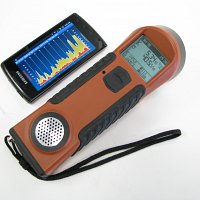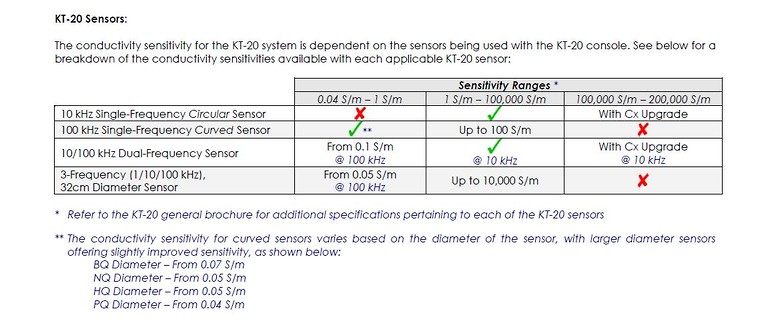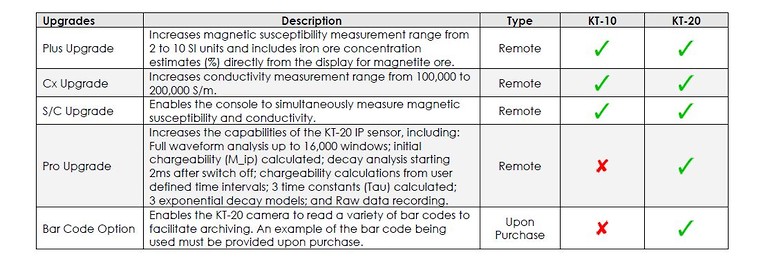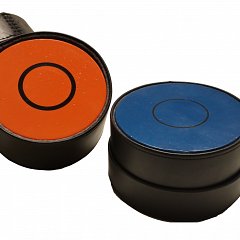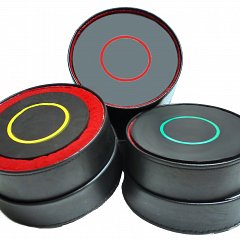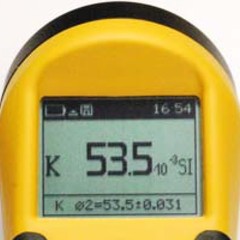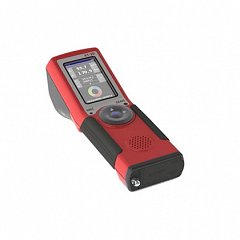KT10
from Terraplus
Through recording the magnetic susceptibility & conductivity of exposed bedrock it is possible to construct a comprehensive infield assessment of the changes to geochemical and mineralogical composition along outcrops, thus ensuring complex lenses, enclaves and other bodies are identified and mapped correctly. The Terraplus KT-10 magnetic susceptibility & conductivity meters are tailored towards characterising rock samples or drill cores by offering interactive metadata and QC functions to aid maintain data quality throughout a survey.
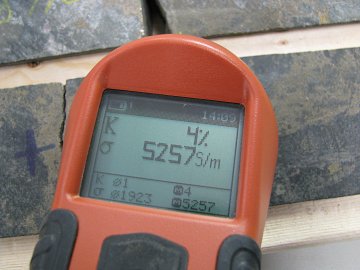
The KT-10 is capable of recording single measurements or being used in scan mode which enables a user to record magnetic susceptibility & conductivity profiles of drill cores, monolith samples or exposed sections. Results collected in scan mode are able to be transmitted via Bluetooth and displayed/ recorded in real time to an external device running GeoVision, an Android App supplied with the instrument. GeoVision enables the operator to browse through records, display field measurements and better manage/ adapt their field acquisition strategy to account for observations made during data acquisition.
KT-10 Magnetic Susceptibility and Conductivity Meter. Each instrument is supplied with a pre-installed calibration curve derived from samples containing different concentrations of magnetite. Alternatively operators are able to formulate and save their own calibration curves.
Product Dimensions
| Physical | Dimensions (L x W x H) | Weight |
|---|---|---|
| KT10 (instrument only) | 20cm x 5.7cm x 3cm | 0.3kg |
Technical Specifications
| Sensitivities: | Susceptibility: 1 x 10-6 SI Unit Conductivity: 1 S/m |
|---|---|
| Measurement Range: | Susceptibility: 0.001x10-3 to 1,999.99 X 10 -3 SI Units. Conductivity: 1 to 100,000 S/m. |
| Operating Frequency: | 10 kHz |
| Measurement Frequency: | 20 readings per second (in Scan mode, 5 readings averaged together and 4 readings /second stored). |
| Display: | High contrast LCD graphic display with 104 x 88 pixels. |
| Memory: | 4 GB: 4,000 Total Records Stored |
| Control: | One button with up / down functionality. |
| Data Input/Output: | USB and Bluetooth (GPS/phone pairing). |
| Power Supply: | 2 ‘AA’ batteries (alkaline or rechargeable). |
| Battery Life: | Up to 3,000 measurements without voice recorder (with alkaline batteries). |
| Operating Temperature: | -20 °C to 60 °C. |
| GeoView PC Software: | Supports all Windows 32 or 64 bit operating systems |
| GeoVision App: | Android operating system (OS) must be version 2.3.3 or higher. |
Shipping
| Contents | Dimensions (L x W x H) | Weight |
|---|---|---|
|
Case1
KT10 and accessories. |
37cm x 28cm x 16cm | 3kg |
Data Sheet
- KT10 Datasheet (PDF)
Literature
- KT-10 Comparison chart (PDF 45KB)
- KT10 Quick Start Guide (PDF 129KB)
- The use of Magnetic Susceptibility of Rocks in Geological Exploration (PDF 8MB)
Checklists
- Checklist for Data Storage and Transfer (PDF 249KB)
- Checklist for Instrument Storage (PDF 138KB)

